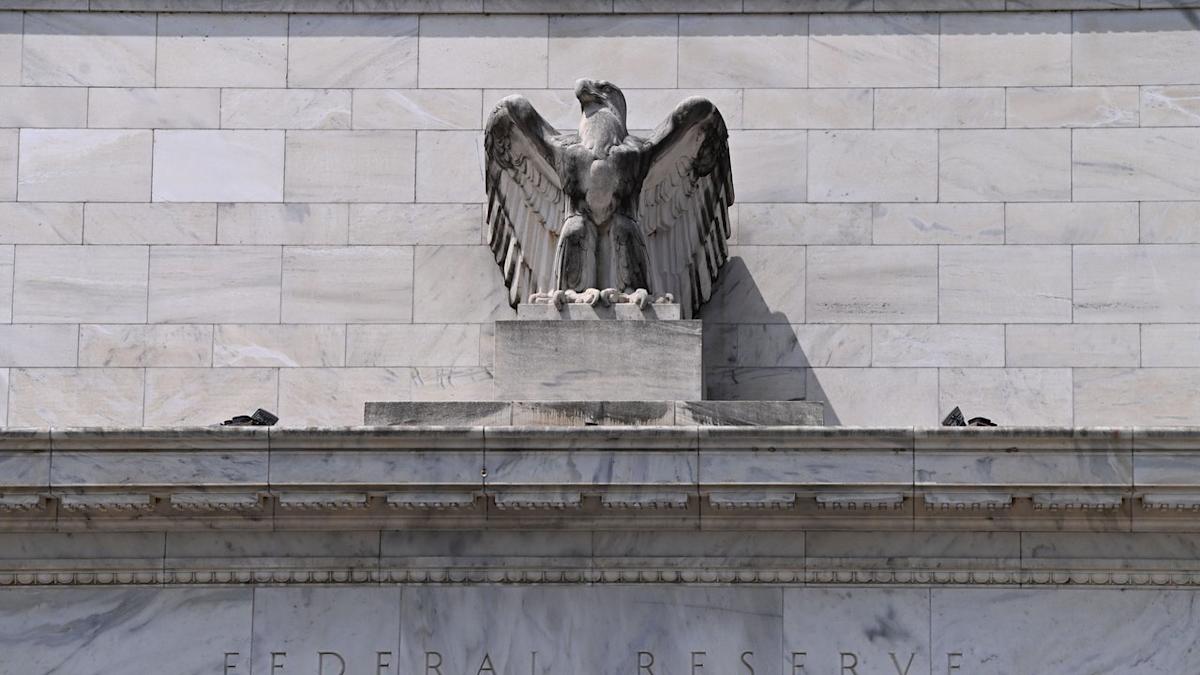3 downsides to a Federal Reserve rate cut
The Federal Reserve’s Open Markets Committee meets Tuesday and Wednesday, with a highly anticipated interest rate cut high on the agenda.
With the job market cooling and inflation no longer a major threat, economists expect a .25% cut in the benchmark Fed Funds Rate. Additionally, Morgan Stanley and Deutsche Bank expect the Fed to slash rates by .75% by year’s end.
Some analysts say the Fed will split on the rate cut amount, but will wind up cutting interest rates this week.
“The most likely outcome is a three-way split,” said Samuel Tombs, chief U.S. economist at Pantheon Macroeconomics, in a September 15 research note. Yet some Fed decision makers are “attempting to please (President) Trump with a vote to ease by 50 basis points” while most committee members will green-light a .25% cut, and a small minority opt for no cut at all.
While the Federal Reserve historically cuts rates to give the U.S. economy a shot in the arm, lower interest rates also bring some downside issues to the table for U.S. households, with these risks at the top of the list.
With interest rates heading lower, more traffic (and more demand) would likely lead to more market competition, triggering rising home prices.
“Lower mortgage rates may entice more buyers to enter the market, increasing home values, even if they only slightly decline,” said Charles Urquhart, founder at Fixed Income Resources, a financial advisory consulting firm.
That scenario could accelerate if the Fed gets aggressive about rates.
“Beyond the immediate cut, what matters most is the Fed’s guidance on the speed and magnitude of future easing,” said Atsi Sheth, chief credit officer at Moody’s Ratings. “We expect cumulative rate reductions totaling 100 basis points over the next 12 months, which will shape expectations and influence macroeconomic conditions well beyond the near term.”
Easy bank savings income could be disappearing with extended Fed rate cuts. “The Fed’s yield is higher than money market yields,” Urquhart said. “Today’s 4–5% cash returns are already on borrowed time.”
As the Fed continues to move forward with rate cuts and maintains this approach into 2026, U.S. consumers can expect the economic landscape to shift in ways they may not have anticipated.
“If the Fed lowers rates, consumers could see relief on mortgages, car loans, and credit cards,” said Karla Dennis, founder at Karla Dennis and Associates, a finance and tax strategy firm in La Palma, California. “Lowering rates on consumer goods and directly reducing monthly household expenses is a huge win for consumers.”



Leave a Comment
Your email address will not be published. Required fields are marked *